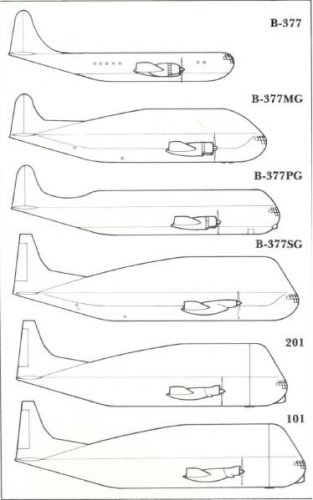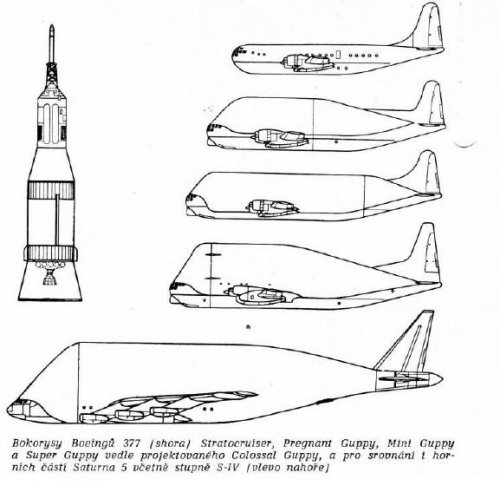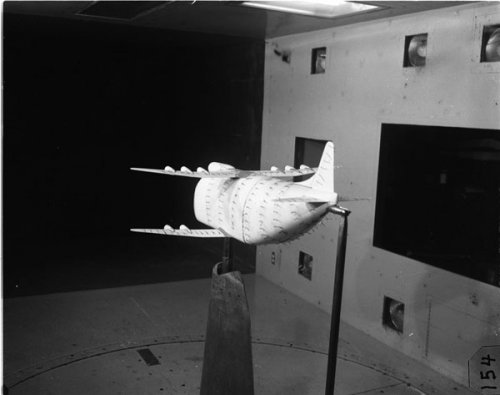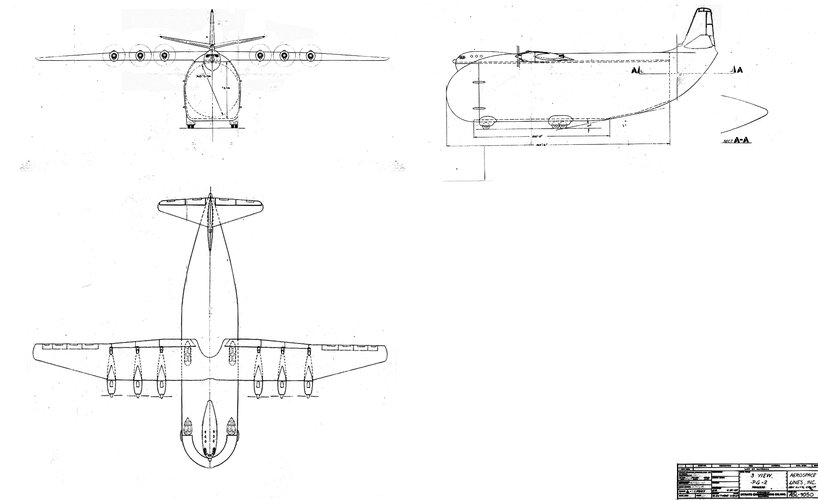- Joined
- 1 November 2009
- Messages
- 638
- Reaction score
- 428
boxkite said:Great finding, Paul. My favourite is the attached one. A long way to the pilot's workplace ;D .
This one is a Dee Howard design. Estimating from the dimensions in the drawing I've seen, but been asked not to share, this thing could have carried the Saturn V first or second stage. The cockpit would have been either a DC-7 or C-97 forward fuselage. The wings and engines would have been from DC-7s.
I've not been able to find a Dee Howard thread. Do we have one?






